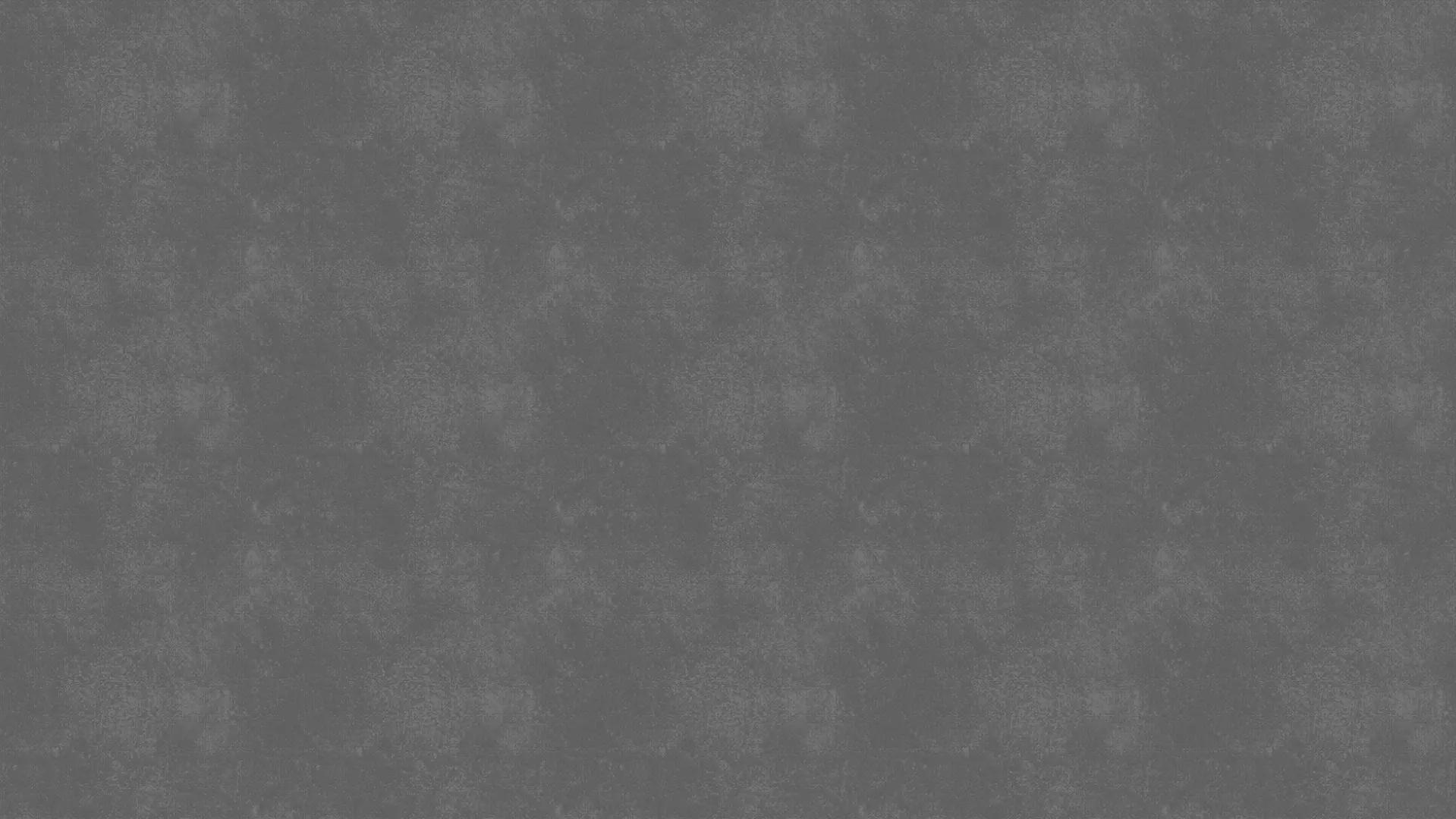Crawl Space Encapsulation : Investing in your proper health

We bet that most homeowners evade going into their crawl space. It’s made from dirt and looks kind of spooky. Well, that’s also because dirt crawl spaces are not nice. And they, most importantly, aren’t healthy. Dirt floor crawl spaces are prone to moisture that can cause serious air quality and structural problems for your home. Besides, more than half of the air entering your home comes from the crawl space.
The best way to combat this is with crawl space encapsulation. But what is crawl space encapsulation? And how can it be done?
First of all, let’s get even more familiar with crawlspace...
Crawlspace is a type of foundation incarnating a barrier from the ground to the house. It is usually unfinished, and about two to three feet tall.
Crawl spaces work really well for regions that receive lots of rain and snow: Crawlspaces help lift the home off the ground and protect it from potential water damage. Besides, building crawlspaces is way less costly and time-consuming than building a basement.
Crawl spaces that aren’t encapsulated mean they still have a dirt floor. And as mentioned above, dirt floors are not the best option:
Why?
In fact, exposed dirt emits a lot of water vapor. And when damp soil dries, water vapor moves upwards, thus making the air within the crawlspace humid. This same air will then find its way inside your house. As a result, humidity will increase in your home, leading to higher hydro bills. In addition, with an exposed dirt floor, groundwater will seep into the crawl space and will sit there. Water and dirt are the perfect environment to attract mold and also pests like mice, spiders and bugs. Thus, they will shelter inside your crawlspace, until they die and decompose. Result? You’ll unfortunately be smelling that throughout your home.
On the other side, wooden structural pieces in the crawlspaces can get wet and rot, thus causing structural damage. This will shift our worries to an even worse foundation problem which will require a bigger budget to fix.
Now let’s talk about encapsulating the crawlspace...
Crawl space encapsulation consists of installing thick, overlapping special matting on the crawl space walls and exposed dirt floors. The purpose behind it is to reduce humidity and prevent water leaks and mold.

How will it be done...
Check for groundwater leakage: If the crawl space has a lot of groundwater seeping in, installing a sump pump is crucial. This will capture the groundwater before it enters your home.
Isolate the house from the dirt: Install a thick and durable vapor barrier. A vapor barrier is a plastic liner that is roughly 20 mil thick plastic. The barrier is applied to the walls, ceilings, and floors.
Check for remaining air leaks: Places like under the sill plate, around pipes, hatch doors, and other odd openings all need to be sealed.
Install a dehumidifier: Even with a vapor barrier and sealed air leaks, a dehumidifier will be the “Cherry on Top”. It will suck the moisture out of the air and keep it at an acceptable level.
So, in brief, crawl space encapsulation makes your home a healthier place since it improves air quality, reduces humidity, prevents mold growth and pest proliferation and prevents potential structural damage.
In conclusion, and in case you are still concerned about how much crawlspace encapsulation will cost, just compare it to what is this going to cost you if you chose not to encapsulate.

